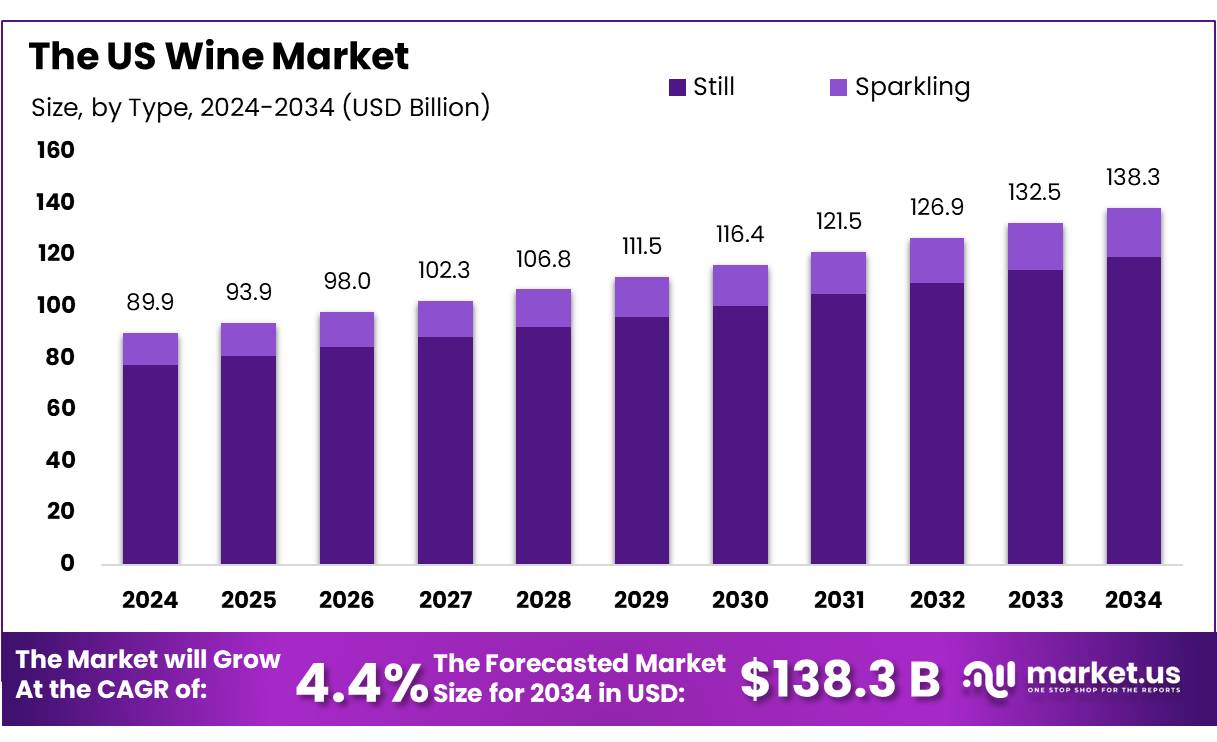Report on United States Agricultural Exports and Sustainable Development Goals
Economic Performance and Contribution to SDG 8: Decent Work and Economic Growth
The performance of the United States agricultural export sector demonstrates significant economic growth, directly contributing to the objectives of SDG 8. An analysis of trade data reveals a sustained positive trend.
- Since 2000, the inflation-adjusted value of agricultural exports has risen by 72.8%.
- A peak export value of $209.7 billion was achieved in 2022.
- Other significant years include 2014 and 2021, with export values reaching $204 billion in each year.
- Since 2008, agricultural goods have consistently represented more than 10% of total US domestic goods exports, peaking at 12.4% in 2020, underscoring the sector’s importance to the national economy.
Addressing SDG 2: Zero Hunger through Global Food Supply
The increase in US agricultural exports is linked to production levels that exceed domestic demand. This surplus plays a crucial role in the global food system and aligns with the aims of SDG 2.
- Surplus agricultural production in the US is sold internationally, enhancing global food availability.
- By supplying food to the global market, the US contributes to stabilizing food supplies in other nations, which is a key component of achieving Zero Hunger.
Implications for SDG 12: Responsible Consumption and Production
The trend of agricultural surpluses necessitates a focus on sustainable practices, in line with the principles of SDG 12. The management of this high production capacity is critical for long-term sustainability.
- The capacity of US agriculture to outpace domestic demand highlights a robust production system.
- This level of output emphasizes the need for responsible production methods to ensure environmental health and resource management.
- Efficiently managing agricultural surpluses is essential to minimize food loss and waste along the supply chain, a primary target of SDG 12.
Which SDGs are addressed or connected to the issues highlighted in the article?
-
SDG 2: Zero Hunger
The article discusses US agricultural production and exports. By producing surpluses that are “sold internationally,” the US contributes to the global food supply, which is a core component of achieving Zero Hunger.
-
SDG 8: Decent Work and Economic Growth
The article highlights the economic contribution of agricultural exports, noting their value has “risen 72.8% since 2000” and peaked at “$209.7 billion” in 2022. This growth in a key sector is directly related to national economic growth.
What specific targets under those SDGs can be identified based on the article’s content?
-
Target 2.b: Correct and prevent trade restrictions and distortions in world agricultural markets…
The article’s focus on the increasing value and volume of US agricultural exports directly relates to the functioning of world agricultural markets. The statement that “US agricultural production outpaces domestic demand, leaving producers with surpluses that are sold internationally” points to the role of international trade in balancing global food supply and demand.
-
Target 8.1: Sustain per capita economic growth in accordance with national circumstances and, in particular, at least 7 per cent gross domestic product growth per annum in the least developed countries.
While not focused on a least developed country, the article provides data on sustained economic growth within a major sector of the US economy. The mention of a “72.8% rise since 2000” in the value of agricultural exports is a clear indicator of economic activity and growth, contributing to the overall national economy.
Are there any indicators mentioned or implied in the article that can be used to measure progress towards the identified targets?
-
Value of Agricultural Exports
The article explicitly provides this data, which can be used to measure the scale of agricultural trade (relevant to Target 2.b). It states that exports peaked in 2022 at “$209.7 billion” and also surpassed “$200 billion in 2014 and 2021.”
-
Growth Rate of Agricultural Export Value
This is an indicator for economic growth (relevant to Target 8.1). The article states, “Adjusting for inflation, the value of US agricultural exports has risen 72.8% since 2000.”
-
Share of Agricultural Exports in Total Goods Exports
This indicator provides context for the importance of the agricultural sector to the national economy and its trade profile (relevant to Targets 2.b and 8.1). The article notes that food exports “have generally made up around 10% of US domestic good exports” and peaked at “12.4% in 2020.”
Table of SDGs, Targets, and Indicators
| SDGs | Targets | Indicators |
|---|---|---|
| SDG 2: Zero Hunger | Target 2.b: Correct and prevent trade restrictions and distortions in world agricultural markets. | The total value of agricultural exports (peaked at $209.7 billion in 2022). |
| SDG 8: Decent Work and Economic Growth | Target 8.1: Sustain per capita economic growth. | The inflation-adjusted growth in the value of agricultural exports (rose 72.8% since 2000). |
| SDG 8: Decent Work and Economic Growth | Target 8.1: Sustain per capita economic growth. | The share of food exports in total domestic goods exports (peaked at 12.4% in 2020). |
Source: usafacts.org






